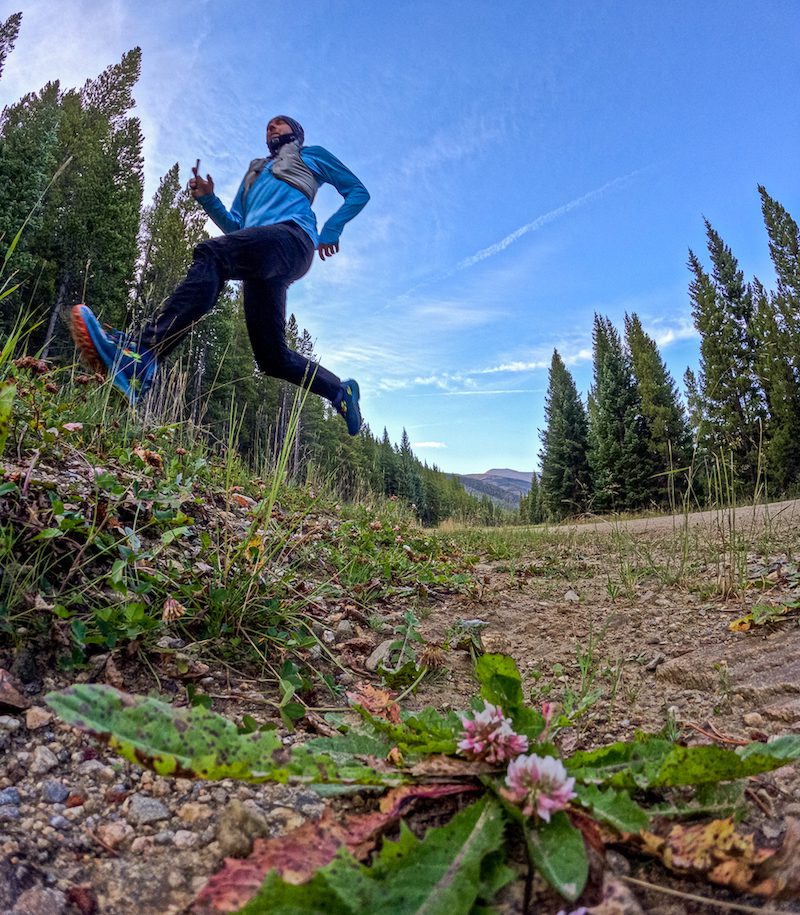How and why trail runners should cross-train
We spoke to Ottawa-based physiotherapist David Bowman for tips on how trail runners can cross-train effectively

Cross-training is an important tool to reduce some of the wear and tear that comes with pounding pavement. Even though trail runners spend most of their time on soft surfaces like dirt and grass, cross-training is still a key part of a sound training program to reduce injuries and build strength, according to Ottawa-based physiotherapist David Bowman, who explains the importance of incorporating other activities into a trail-running regime and tips for how to cross-train effectively.

Bowman explains that “Cross-training is going to represent a lot of different things, depending on our individual goals and training needs. This might mean time in the weight room, adding in specific mobility and core exercises to address weaknesses or injury patterns, or even picking up a new sport altogether to keep fitness up during certain times of the year.”
Road runners who train primarily on flat surfaces can find value in cross-training by deliberately reducing their mileage and incorporating other activities to address muscle imbalances and prevent overuse injuries. On the other hand, trail runners may turn to cross-training when unfavourable weather conditions or limited access to trails make it challenging to maintain momentum during the winter months. In both cases, cross-training offers a fresh approach to training, keeps legs feeling fresh and helps improve specific aspects of performance.

Which cross-training activities are best for trail runners?
Bowman says it depends on a trail runner’s personal preference, experience level and goals, but there are a few more common options that seem to work well for trail runners.
Cycling, both indoors and on the road, is an excellent choice for building aerobic fitness and leg strength while minimizing joint impact forces. It also develops hill-climbing strength, which is advantageous for trail runners. Cross-country skiing, besides being a great cardiovascular exercise, improves trunk strength, balance and agility, all of which are crucial for trail running. Spending time in the gym focusing on single-leg movements, core engagement, squats, deadlifts and lunges can also enhance lower-body stability and overall leg strength, leading to better running economy.
How to pick a cross-training activity
Bowman says the three most important factors trail runners should consider when choosing a cross-training activity are specificity, familiarity and adherence.

Specificity: Runners should tailor the cross-training approach to resemble running as closely as possible. For example, if stability or balance is an issue on technical trails, you should incorporate single-leg agility or resistance training. If you’re going to be doing a lot of vertical climbing on trails, graded climbs on an indoor bike trainer can condition the muscles for the same demands.
Familiarity: While cross-training allows for picking up new sports or training approaches, make sure the learning curve doesn’t lessen the effectiveness of the training–it’s better to choose an activity you’re already familiar with, so you can maximize the training benefits.
Adherence: Bowman says the best cross-training activities are the ones you’ll stick with and keep doing. “Cross-training can take so many different forms,” he says, “and by choosing something that excites and motivates you, it’s more likely to help you work toward your running goals.”


